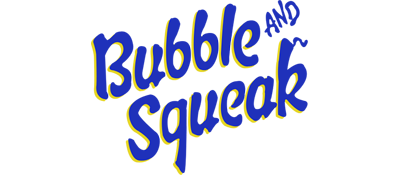

Listen for: A whiny, nasal, persistent cry with a short cry sound followed by a longer one. No one wants to wear a full nappy for longer than they have to.

A wet or dirty nappy is one of the top reasons babies are uncomfortable. There are many types of baby cries, but your baby will let you know when they have a wet or full nappy. The top 8 reasons why your baby is cryingīabies cry a lot in their first few months. Here are some “crib” notes to help clue you into what your baby may be saying (or screaming): When healthy and calm, you have more energy to nurture a meaningful relationship with your little one and present a positive role model for your baby to learn from while responding to their different types of cries. Parents of babies need to look after themselves during the first few weeks. While you might be a natural at cracking the code on some types of crying, most new parents benefit from a bit of support. Baby crying sounds express different needs or emotions. The first few weeks after the birth of a new baby can be stressful for families as they figure out why their newborn babies are crying. A short review of the Dunstan Baby Language especially newborn crying.And, we’d love to share our experience with you so that you can understand the different cries of your baby and their needs. The team at Petit Early Learning Journey has plenty of practice studying what each different sound signifies. It’s a universal baby language and the good news is that you can easily learn it. You’ll be relieved to know that babies actually have their own language and, interestingly, it’s the same no matter where your baby was born. New families can find it challenging to understand what each crying sound means. Knowing baby crying sounds means you can soothe them more quickly. However, when a need arises, they have to let you know, and crying always gets your attention. Most of the time, they’re happily engrossed in their new world. Babies make lots of different noises, from giggles to grunts to baby babble.


 0 kommentar(er)
0 kommentar(er)
